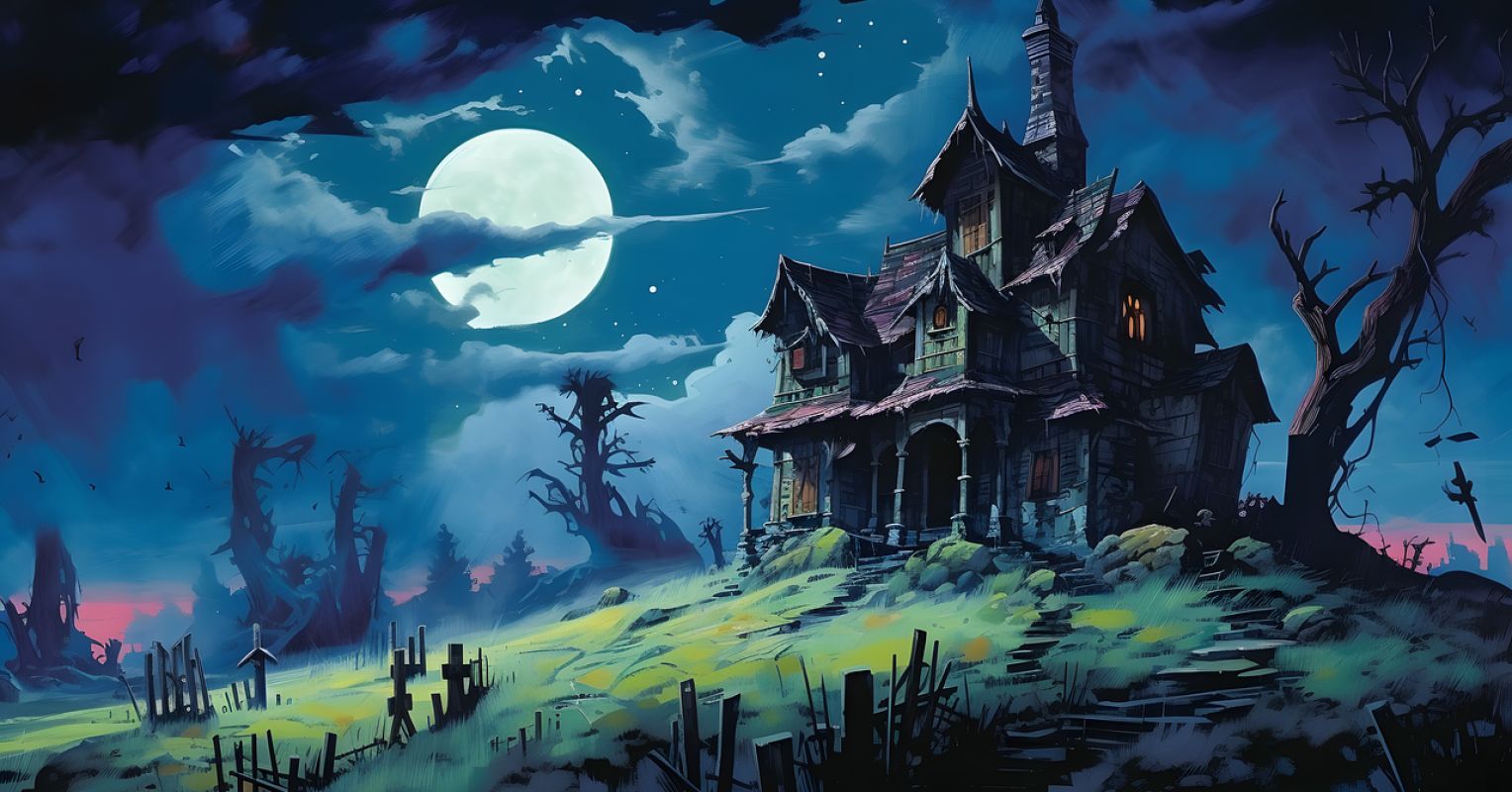
"You walk up to the haunted house and you feel impending doom. You step inside and the air changes.It's colder here and thick with that uneasy stillness that seems to hum under your skin. The floorboards creak with each cautious step. You know something is coming. You just don't know when. Your heart starts to race. Your hands tremble. Your breathing shifts, shallow and quick. You're alert, scanning for danger, waiting for the jump scare."
"For most people the fright fades quickly. You remind yourself it's fake and you believe it. Your heart rate slows, your brain catches up, and soon you're laughing it off as you exit into the daylight. But for someone living with OCD, the haunted house doesn't end when they leave. Their brain keeps replaying the jump scare, asking, "What if it was real?" What if there's another ghost waiting? What if I missed something important? The anxiety lingers, looping endlessly."
OCD often feels like living inside a haunted house where intrusive thoughts act as recurring jump scares that trigger intense bodily fear. Physical reactions include racing heart, trembling, and shallow breathing while the mind scans for danger and uncertainty. Most people soothe themselves and the fear fades, but OCD causes repetitive replaying of doubt and danger, prompting checking, washing, confessing, and reassurance-seeking. Those compulsions provide temporary relief but maintain the cycle. Exposure and Response Prevention requires facing feared situations without rituals so repeated exposure reduces fear and diminishes avoidance over time.
Read at Psychology Today
Unable to calculate read time
Collection
[
|
...
]